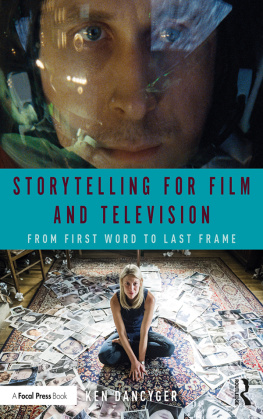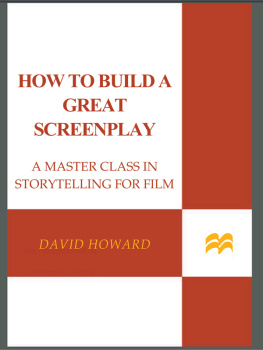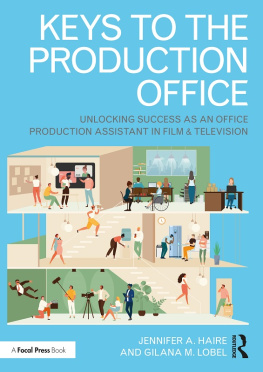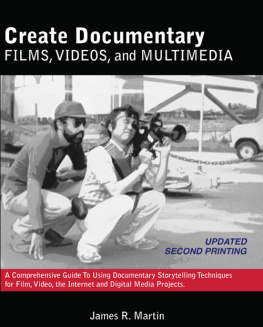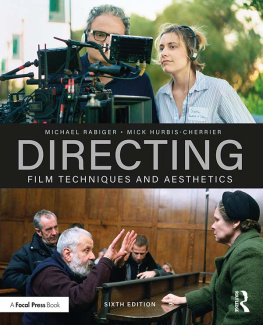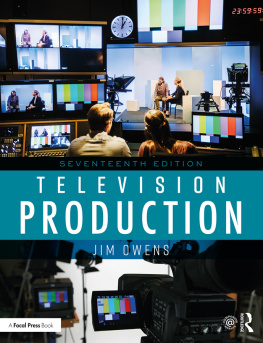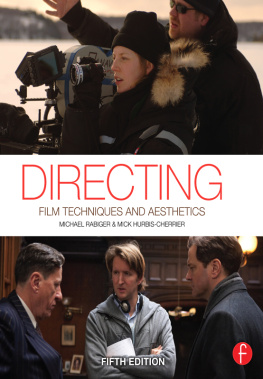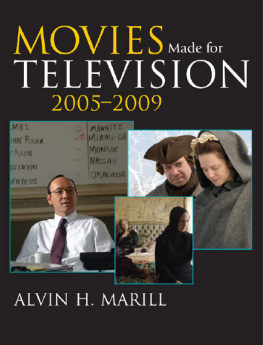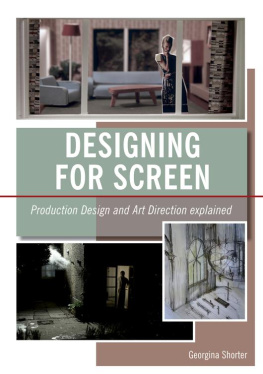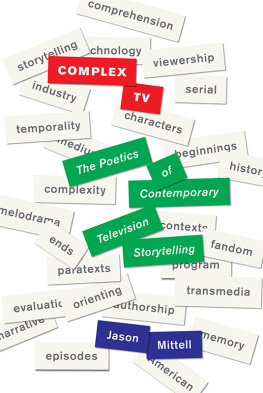At Taylor & Francis, I would like to thank Sheni Kruger for commissioning this book with such enthusiasm and Sarah Pickles for her help these past many months along the way to completion of this project.
The subject of storytelling has been for me a pre-occupation and obsession for at least 30 years. I have written individually about screenwriting, editing, and directing films in my previous books, and my ideas have evolved with each new edition of my screenwriting and editing books.
The idea of a book about all three areas, while it has been brewing for some time, only came together for me during two international workshops which I was conducting in 2017. I would like to thank Dr. Wenshing Ho of Shanghai Jiao Tong University, where I taught these ideas in the Masters of Cinema Workshop; and Manuel Jose Damasio, who invited me to do a workshop for the graduate film production students and faculty in Kino Eyes, a program of three European universities the University of Lusofona in Portugal, Screen Academy Scotland, and Napier University and the Baltic Film and Media School in Tallinn, Estonia, which hosted the workshop. The enthusiasm of the participants at these workshops about exploring how the different phases of storytelling connect to one another inspired me to write this book.
Id also like to thank my wife, Ida Flint Dancyger, for her ongoing support and active involvement throughout the lengthy process from initial idea for this project through the computer processing phases and up to the final manuscript.
The singular purpose of this book is to prepare future film-makers to see each phase of production as storytelling. The key goal of preproduction, the writing of a screenplay or teleplay, displays narrative tools to best tell the story. The production phase, focusing on the director deploying directing tools, is to tell the story as he or she interprets that story. The post-production phase, focusing on the editor, is to deploy the tools of editing, shots, and sounds to clearly and dramatically tell the story.
Of course there are other craftspeople and artists helping all along the way. But in order to focus on story, we will focus on the work of the writer, the director, and the editor to tell our story. Each of these key creators tries to add value to the story based on their goals. When the process works optimally, the final outcome can be more than the sum of its parts. When the process works less well, it should reach what I will call technical effectiveness. Do you, the storyteller, wish for technical competence or do you strive for more creative surprise? These options and the effort at each phase for the optimal outcome are the subject of this book.
The purpose of story
Stories serve multiple purposes for their audience. At a general level stories have always been used to convey lessons how to conduct yourself in a community, a society, a group. Stories very often are used to promote cohesion. The Bible is a series of stories, a cautionary tale about the dos and donts of behavior over time. How does a community survive or thrive or die? These lessons deal with personal and group morality and immorality. The stories that resonate most powerfully are simply the road to take going forward and the road(s) that have led to destruction.
The next level of stories is the Fable, essentially told to children. Their goal is again the issue of behavior. In this case, Fables tended to be cautionary tales to prepare the child for decisions needed to proceed safely in the larger world. The idea that not all adults are benevolent, that adults might have an agenda that portends harm, even doom, seems at the heart of Fables. In addition, there also are stories whose messages are more benign, that appearances can be deceiving and that the real self beneath ones appearance might promise a better, even loving outcome.
Fables intentions can be positive or negative, but their purpose is to imaginatively pictorialize the road forward for the child. Good and bad exist in the world. A way to frame the purpose of Fables is to move the child into a more complex world ahead. On one level their purpose is to make the child less innocent, less vulnerable to the world.
Stories then are imaginative tales to help acclimatize the individual to the world and to transmit values that would aid the child going forward.
Adults find stories purposeful as well. The full range of human behavior is on display in stories. Looking to William Shakespeare for examples, Romeo and Juliet captures the twin feelings of love and hate and how the presence of one within a family can destroy the other. Macbeth is about ambition extremis and its consequences. Othello is a tale of envy and its consequences. King Lear is about sibling rivalry, ageing, and judgment.
The tone of Shakespeares voyages into human behavior ranges from humorous to tragic. For an audience, you can choose your favorite playwright, novelist, or poet, and those choices will tell you how you feel about the behaviors addressed in those authors stories. Stories tell us a great deal about ourselves.
Stories also tell us about individuals who have affected our lives. Biographies tell stories of power and powerlessness, of coping and overcoming adversities, of success and failure, and all states of being in between. In short, stories true and imagined set the landscape for individuals, families, communities, and nations. Stories tell us of lives lived and lost. They are measuring aids for the self, for families, and for groups who come together through geography, belief, or other values. Stories are nourishment, as critical to internal life as food is for external life.
Education
Education presents itself in many forms family, school, church, books, and media. Education can be intellectual, technical, or emotional. Presumably the filter of education is an end goal to prepare the young to be useful citizens, not just for the economy, but also as members of society.
The role the media play in education has grown immensely in the past 100 years. For most of our history, family and church played the greatest role in education. In the past 200 years, schools have grown in their importance in education. As technologys pace has changed with increasing rapidity, the media, the outcome of technological change, has itself grown in importance in education, to a point where its influence today is growing exponentially. Today, the media leaders, Mark Zuckerberg, Jeff Bezos, Tim Reid, Larry Ellison, and Bill Gates, have replaced the heads of film and television who in turn replaced the heads of studios in the golden age of film and television as the gatekeepers of media influence. Technology rules content, and today content is king. So what education goals do these gatekeepers purvey to todays audiences? Are good economic and civic members of society still the larger goal of education?
If we look at the content of the most successful television shows of the last decade, we can extrapolate the values underlying these media events. The shows I reference are as follows: The Sopranos, Mad Men, Breaking Bad, Game of Thrones, House of Cards, Deadwood, Boardwalk Empire, The Americans, Homeland , and The Handmaids Tale .
The Sopranos focuses on a family head Tony Soprano, a Mafia family leader and a family man. Often the personal and the professional clash, leaving Tony in need of help to reconcile the moral behavior gap he inhabits.
In Mad Men , Don Draper is the creative director of a significant advertising agency in the late 1950s to the mid-60s. He has lied about his identity, he is addicted to lying to his wife about having other sexual partners, and his family life keeps growing more complicated. Lying and deception and manipulation are at the heart of Dons success in advertising and his failure in relationships.

